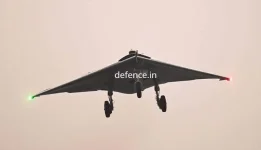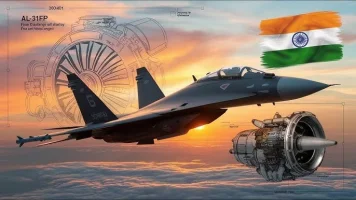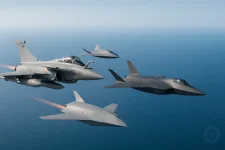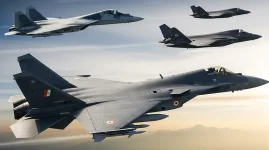- Views: 924
- Replies: 3

Nigeria's Air Force is gearing up for a major expansion with the imminent arrival of the first six Italian-made M-346FA light fighter-trainer aircraft. This marks the initial phase of a larger procurement of 24 M-346FAs, which will significantly bolster Nigeria's air support, air interdiction, tactical reconnaissance, and advanced pilot training capabilities.
Manufactured by Leonardo, the M-346FA is a multi-role aircraft originally designed as an advanced jet trainer and subsequently configured for combat missions. Nigeria's order will be delivered in four batches of six planes, supported by a comprehensive 25-year logistical support package ensuring long-term operational effectiveness. This phased approach enables the simultaneous development of pilot training and infrastructure alongside aircraft deliveries.
Nigerian officials have stated that the M-346 acquisition does not signal a replacement of the existing JF-17 fighter fleet. They clarified that only three JF-17s are currently operational, highlighting the need for additional combat aircraft. Discussions with China regarding the JF-17 program reportedly remain ongoing.
Importantly, Nigeria has expressed interest in diversifying its fighter jet fleet. It is currently in talks with India for potential procurement of the indigenously developed LCA Tejas Mk1A fighter, demonstrating a commitment to multi-faceted air force modernization.
The arrival of the M-346s is a major milestone for the Nigerian Air Force. Leonardo's partnership holds the potential to extend beyond mere acquisition, with Nigeria potentially becoming a regional hub for M-346 maintenance services. Before Nigeria, Turkmenistan became the first nation to order the M-346FA variant, with confirmed deliveries and sightings of the aircraft in Turkmen colors.
The M-346FA's versatility is highlighted by its seven external hardpoints, allowing for the integration of air-to-air and air-to-surface munitions, as well as targeting pods. Leonardo has successfully integrated Nexter's 20mm 20M621 gun pod on the aircraft, offering improved range and precision. The company boasts a strong track record with the M-346 platform, having sold 126 units to various international customers.
Nigeria's air power expansion is driven by its ongoing fight against insurgency, with the Air Force regularly deploying combat aircraft against groups like Boko Haram and IS affiliates. The country currently operates diverse aircraft, including the JF-17, F-7Ni, A-29 Super Tucanos, and Alpha Jets. As Nigeria's most advanced fighter, the JF-17 has been deployed in counter-terrorism and anti-insurgency operations.
Despite initial plans to acquire more JF-17s, subsequent budget allocations did not include additional orders. This shift, combined with the procurement of the M-346FA, has led to speculation about potential challenges Nigeria may be facing with its JF-17 fleet. Similar concerns were raised by Myanmar, the JF-17's first customer, which cited technical issues affecting its own fleet.
Meanwhile, Nigeria seeks to replace its aging Chengdu F-7NI fleet with an estimated 15 new fighter jets. India has offered its indigenous Tejas fighter, with diplomatic overtures made during a recent visit by the Indian Minister of External Affairs.
The procurement of the M-346FA aircraft, coupled with ongoing discussions with India, illustrates Nigeria's determination to build a robust and modernized air force. This commitment aims to bolster the nation's capabilities in countering ongoing security threats and ensure long-term national security.




